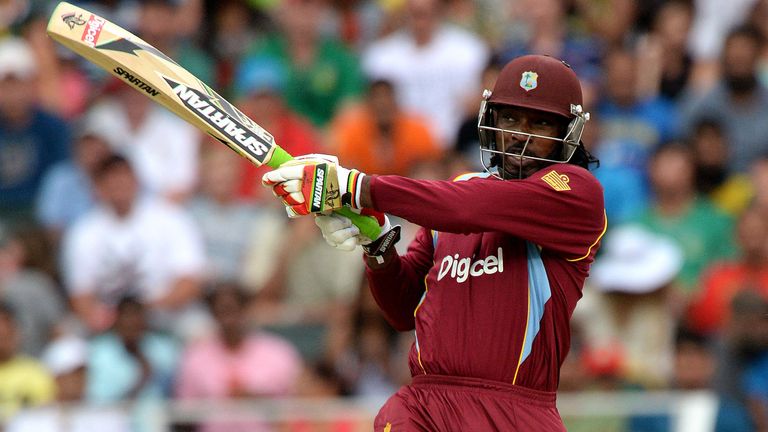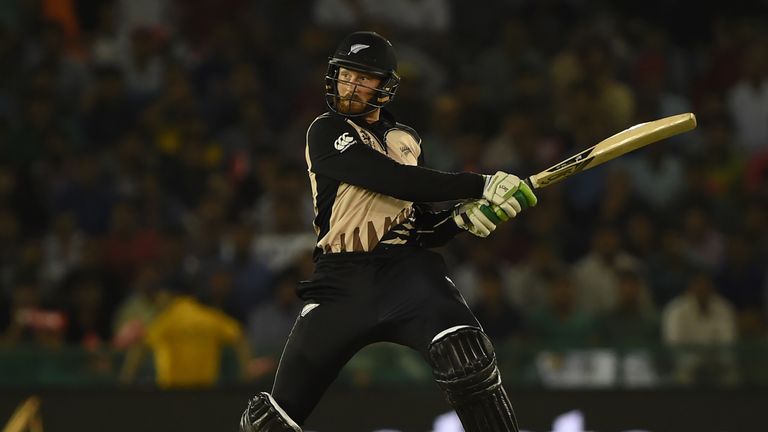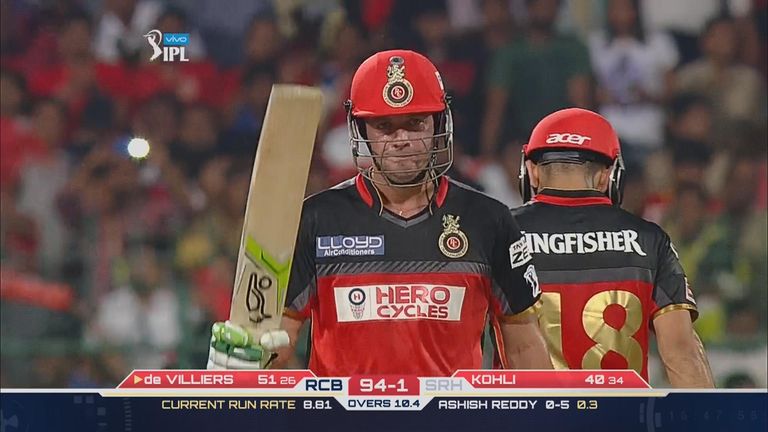ICC calls for restrictions on size of cricket bats
Friday 3 June 2016 12:21, UK
The International Cricket Council committee have urged the sport's law-makers to bring in new restrictions on the size of bats.
The domination of bat over ball in recent years was discussed at a two-day meeting of the ICC committee at Lord's this week.
And it is urging the MCC - which has global responsibility for cricket's laws - to instigate a clampdown. While there are limitations on bat length, none currently exist on depth.
Modern manufacturers have become increasingly skilled at making bats with larger sweet-spots that do not feel as heavy to pick-up as the blades that were once only the preserve of 1980s power-hitters such as West Indies great Clive Lloyd and England hero Ian Botham.
Last year's 50-over World Cup in Australia and New Zealand witnessed 38 hundreds, nearly one every game, and 463 sixes, an average of one every nine overs.
The ICC cricket committee, chaired by former India spinner Anil Kumble, and whose members include several former Test batsmen in England's Andrew Strauss, India's Rahul Dravid and Sri Lanka's Mahela Jayawardene, said: "MCC sought the committee's guidance on the desirability of making changes in order to redress the balance between bat and ball.
"The committee received a research paper from MCC citing a wealth of scientific and statistical evidence showing bats have become more powerful in recent years, primarily due to having larger sweet-spots.
"The MCC should strongly consider limiting the dimensions of cricket bats to help achieve a better balance between bat and ball."




